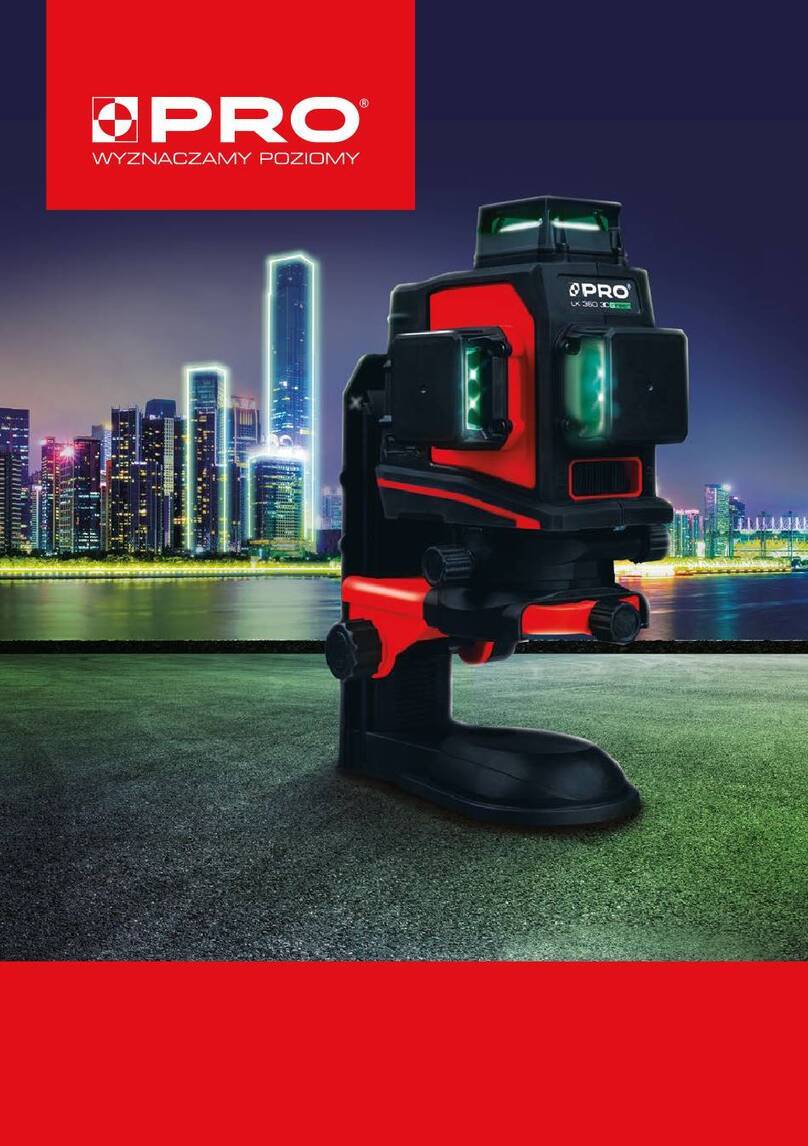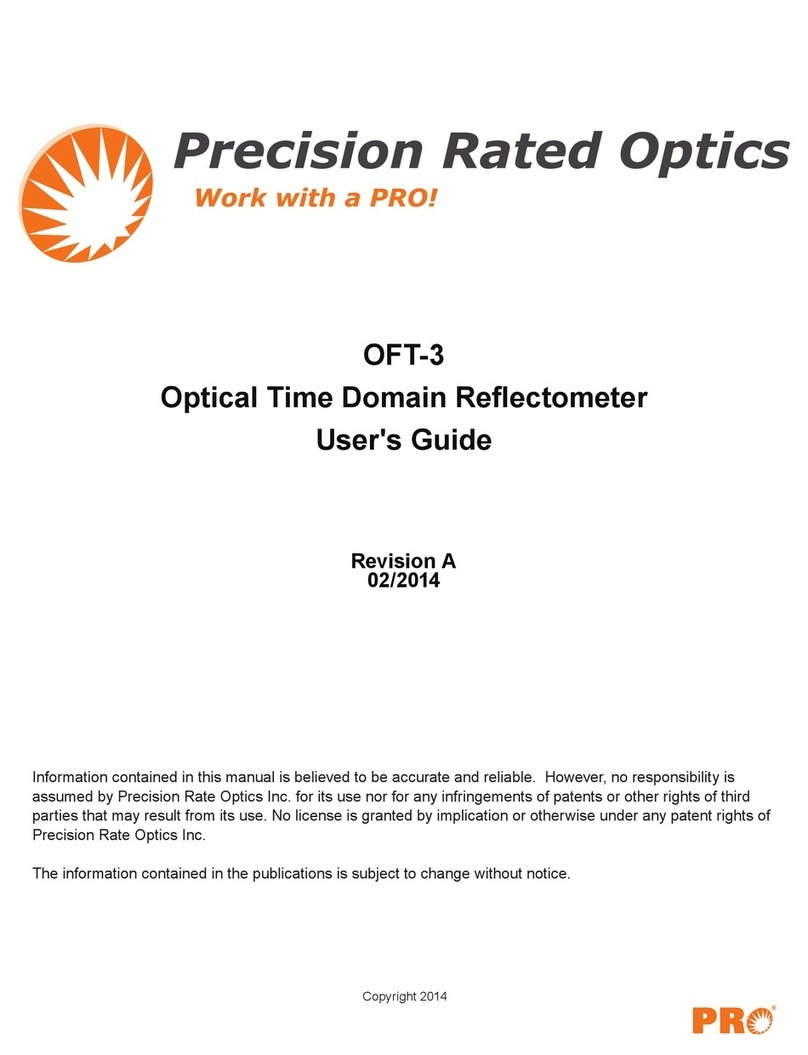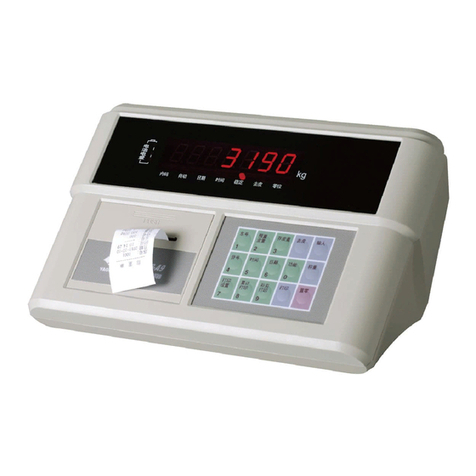
9
I I
For most applications, the driver is recommended to be mounted in a protective
housing. More than one driver may share a single housing/enclosure to simplify
installation. CTC offers an extensive line of probe driver enclosures in the PXE
series. The drivers are typically DIN rail mounted in the enclosure. Connection
to the probe is established when the integral cabling of a proximity probe or an
extension cable is attached to the driver’s probe connector. Excess proximity
probe cabling should be coiled up inside the housing/enclosure. Do not cut any
cable in a probe system. Doing so will affect system accuracy.
Note: Only PRO DP series and DC series proximity products should be used
for the PRO DD series drivers.
All connector connections should be tight and secure. Snug the connector screw
collar, applying 5 in.-lbs (0.6 N-m) of torque.
Note: Do not overtighten the probe cable connection. Too much torque
may cause damage. Do not exceed a torque of 8 in.-lbs (0.9 N-m). Probe
connectors must not touch any machine metal parts. Take proper steps to
isolate connectors from metal surfaces. Connector protectors are available
upon request.
Probes are provided with a threaded stainless steel case. These can be mounted
directly through the machine housing via a threaded hole. When installing this
way, give the proper clearance of 1.5 times the tip diameter around the probe tip
(e.g., 1.5 x 25 mm tip diameter = 37.5 mm clearance). Refer to the figure below.
Figure 4. Probe Tip Clearance
SSEECCTTIIOONN55::IINNSSTTAALLLLAATTIIOONN
MNX10060, REV F●11/6/2017 12
Connection Technology Center, Inc. ●7939 Rae Boulevard ●Victor, NY 14564 ●(585) 924-5900
Installation Information
For most applications, it is recommended that the driver be mounted in a protective housing.
More than one driver may share a single housing/enclosure to simplify installation. See PXE
Series Enclosures. The drivers are typically din rail mounted in the enclosure. Connection to
the probe is established when the integral cabling or a proximity probe or an extension cable are
connected to the prox connector on the driver. Excess proximity probe cables should be coiled
up inside the housing/enclosure. Do not cut any cable in a probe system, doing so will
affect system accuracy.
Note: Only PRO DP series and DC series proximity products should be used for the PRO
DD series drivers. Only Bently™ Compatible DX series products should be used with
each other. Bently™ 3300XL products can be used with the PRO DX series. Substitute
cables from other sources should not be used. PRO products are not electrically
compatible with other sources and will affect system accuracy.
All connector connections should be tight and secure. Snug the connector screw collar, applying
5 in-lbs (0.6 N-m) of torque.
Note: Do not overtighten the probe cable connection. Do not exceed a torque of 8 in-lbs.
(0.9 N-m). Too much torque can cause damage.Probe connectors must not touch any
machine metal parts. Proper steps should be taken to isolate connectors from metal
surfaces. Connector protectors are available per request.
Probes are provided with a threaded SST case. These can be mounted directly through the
machine housing via threaded hole. When installing this way, proper clearance (1.5 x tip
diameter; e.g. 1.5 x 8mm probe tip = 15mm clearance) around the probe tip must be provided.
Refer to the figure below.
Figure 6 - Probe Tip Clearance




































